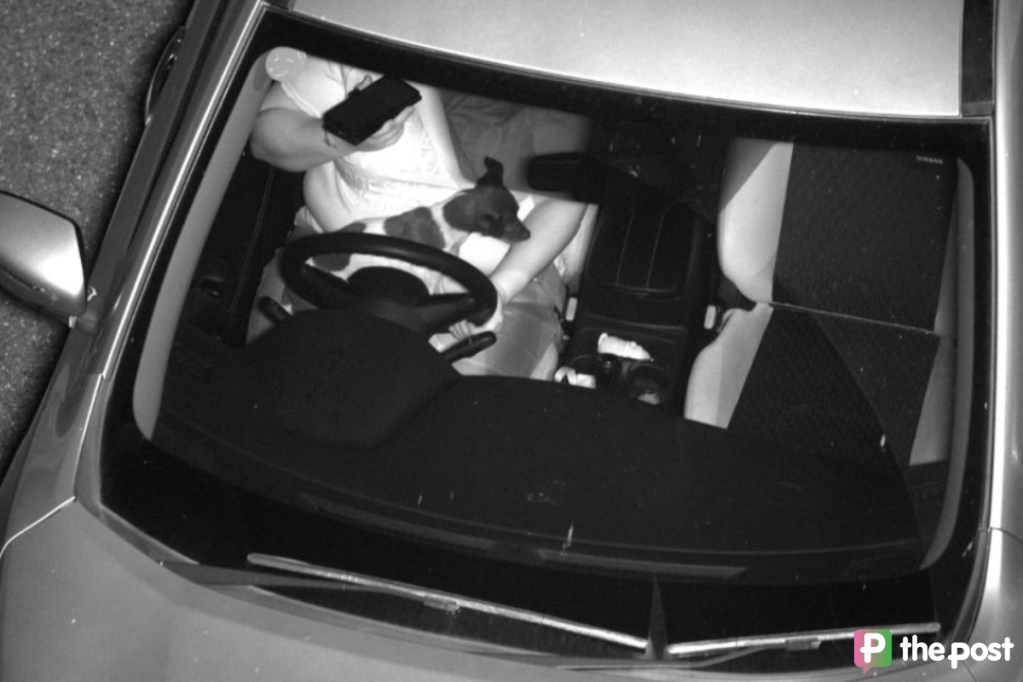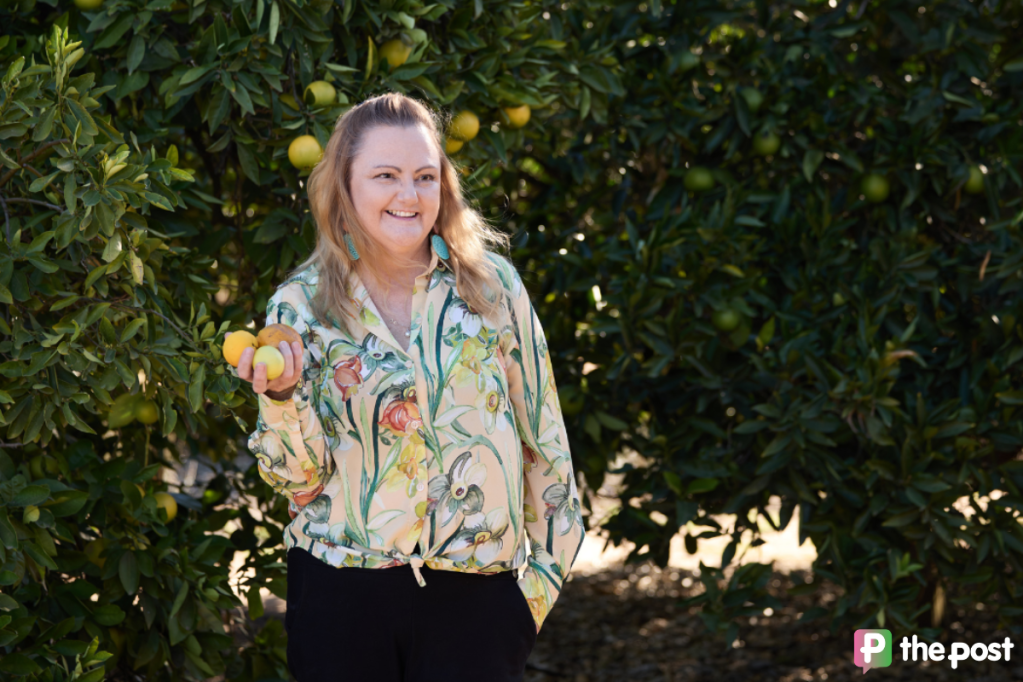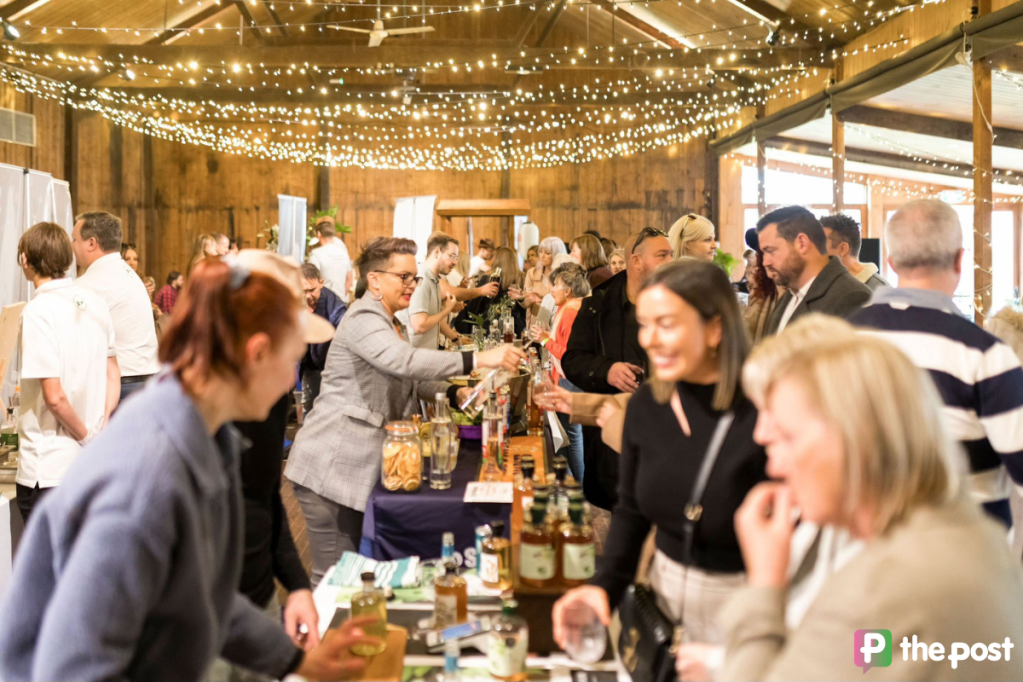Your views: on Adelaide growing up, not out
Today, readers comment on urban sprawl, another local ABC cut, more SA flights and a uni merger.

Commenting on opinion piece: Flatlining Adelaide needs to grow up, not out
The problem with urban sprawl is it’s the path of least resistance. That’s why unthinking governments seem to keep on doing it.
It seems like it has no real costs, but of course that’s rubbish. It’s just that someone else wears the costs: new home owners who lack access to services, road users battling worsening traffic congestion, farming communities forced to uproot again and again and of course future taxpayers who have to fork out for the spiralling costs of the next superhighway.
Still, there has to be a better way. Urban renewal is one part of the problem and in a city like Adelaide, despite the noise sometimes generated, there are plenty of spots that could easily grow up without causing a blip for the established ‘character burbs’.
But there is another option also: regional development. South Australia like many parts of the country could easily accommodate a few more country cities of substance, and many regions are crying out for people to come. Imagine what Renmark, Murray Bridge, Port Pirie or Mount Gambier could do with an extra 10 or 20,000 people?
Of course, to do either urban renewal or regional city growth requires effort that we seem to constantly baulk at. A shame, we deserve so much more than just another set of dormitory suburbs. – Matt Loader
A very articulate, spot on piece Luke. With regard to the ‘decision/policy makers’ there appears to be no vision and we should question their urban design credentials.
We live in a state where the fertile soil and rain all able to support food production are limited; current fringe development ignores this fact which was evident way back when the fertile Torrens valley was turned over to 1960s tract housing.
As a bike nut and architect (now semi- retired), I do support the urban dwelling patterns in your discussion. However, it is a neighbourhood wide approach, not the lazy suburban allotment division. It’s interesting to note though European multi-storey residential examples are limited to five or so storeys, a more human scale, with the donut arrangement providing communal garden space.
The current multi-storey models currently used here are, in my opinion, too tall, too many dwellings per building and the only communal space being the car park. They have a very different feel to a donut of Copenhagen or Nijmegen and is not a strategy to create or support a community spirit.
You might like
Thank you for this opinion piece; it’s bold and brave. It would require a major shift in the thinking of communities and politicians who are game enough to match the challenge. – David Ey
Great article. Adelaide has plenty of potential, notably its inner urban areas and in the walkup to transit. What is not great is even more urban spawl over green and agricultural land.
Households are getting smaller, and we are getting older. We need appropriately sized, priced, and located housing to meet changing need. Importantly, we also need a view of parking beyond the driver’s seat to enable high access, affordable housing choice and better place and access outcomes. – David Mepham
Totally agree with your comments, Luke. Having lived in in KL, Singapore and HK and worked in most of the major Asian cities, Adelaide would benefit hugely from intelligent use of the many redundant spaces within our parkland ringed city.
Urban sprawl in Mt Barker and Strathalbyn, Seaford and north of Elizabeth is not the answer, bringing vitality to our city centre is. – David Rees
As a resident of an apartment in a high rise in the Adelaide CBD, I can attest to its many benefits. The main is access by foot to shopping, entertainment, exercise, and other normal activities, like visits to the doctor, dentist and barber. For a nature fix I jog along the river and work in a community garden in the parklands.
I can easily take a train, tram or bus to the sea just 10km to the west, or to the Hills 10km to the east. We have a small car to take us to outside-CBD venues if need be, but often bus or train works just as easily and certainly more cheaply. Adelaide’s CBD is one of the most walkable downtown areas I have ever seen.
Another advantage is the splendid views from our windows or balcony, our aspect looking out to the north-east and the river and the Hills — much superior to looking out to a metal fence or the neighbour’s brick wall or roof. All this and there is no lawn to mow, roof to leak, or worry about bush fires. – Robert Wright
Thank you Luke for an excellent article. Urban sprawl is unsustainable from every point of view.
How we move towards denser settlement however is critical. In particular, Main Streets are absolutely critical to a city’s character and economy and if they are to be densified must be densified in a way that protects their character, especially their human scale.
Getting it right has both a cultural and economic benefit and is apparent in the sort of street level vitality you describe in Portland or Barcelona. Current planning regulations do not protect the human scale and subsequent vitality of our Main Streets.
To the extent that the ‘ghost town’ description is true, over-development in these sensitive zones threatens to make Adelaide even more of a ghost town. Current planning is giving us the worst option which is a combination of urban sprawl and, just as threatening, CBD-scale buildings sprawling into the suburbs.
As with the current discussions in Sydney in particular, the sensible middle, appropriate medium density development, has gone missing. Adelaide is losing its opportunity to be a stylish boutique city that can attract and retain talent just by being so damn attractive.
High rise development is likely to be a big part of the overall mix but in mature cities is zoned, since amongst other issues such as impacts on local amenity, high rise on Main Streets has the insidious effect of pushing up land values, and therefore rents, and therefore squeezing out the colourful small scale edgy businesses that attract the crowds that local economies thrive on. – Robert Farnan
Stay informed, daily
I thought this was a terrific article by Luke Lombe, providing a clear and articulate rebuttal of those who believe “Urban sprawl is not a dirty word”.
This group worryingly includes our current state Minister for Planning and Urban Development Nick Champion, whose Labor party appears to be held captive by vested interests and the lazy thinking that we can forever keep building on some of our most productive agricultural land. This is despite having ever more mouths to feed and climate change making agriculture increasingly difficult.
Of course, the ultimate driver of many of these pressures (including housing stress, traffic congestion, environmental degradation, greenhouse gas emissions, reduced quality of life etc) is unsustainable population growth, both by natural increase but particularly by immigration. But maybe this is a story for another day? – Jake Howie
Commenting on the story: Tone-deaf: Concern over ABC’s SA music move
The abolition of this position is utterly consistent with slow erosion of ABC services and productions and the inexorable drift towards Sydney.
I note that when we performed Lawson with the ASO at the Festival Theatre, apart from the delightful David Bevan and RN Breakfast, we were comprehensively ignored by the ABC, including and particularly ABC television.
Somehow or other the ABC has always been able to find airtime for every minor project Jimmy Barnes undertakes – cookbooks, a tour to promote a 30 year old album of American soul songs etc etc – but ‘zip’ from Adelaide and South Australia.
We need someone from SA on this tiresomely Sydney-centric board. – John Schumann
Commenting on the story: Premier eyes more international flights to Adelaide amid Qatar row
I flew in to Adelaide from Doha pre-Covid, there were a total of 63 people on the plane, including staff.
It was a great flight but I could see that it was definitely not financially viable for Qatar to keep running it. Maybe a service that prioritised Adelaide but extended to Sydney or Melbourne might be the way to go.
Unfortunately the federal govt look like they might kill the golden goose. – Geoff Stewart
Commenting on the story: No Treasury risk assessment of uni merger
Concerns are surely growing about the Government’s approach to the commitment and spending of public moneys, in this case to the tune of nearly a half a billion dollars, and perhaps more, for the proposed new Adelaide University.
The absence of a formal risk assessment suggests no one in government has any real idea of how likely it will be that taxpayers will achieve the promised benefits.
Perhaps it is time for the Government to look for alternative means to more directly achieve its workforce objectives. Its “heads of agreement” with the two (existing) universities appears to be non-binding, so maybe it could be terminated?
Otherwise this long cherished ALP dream of a bigger (but not necessarily better) university risks doing little more than adding to the State’s growing mountain of multi-generational debt, and feeding some hungry “transition” consultants for years to come. – Stephen Trenowden
[solstice_jwplayer mediaid=”d3UrRDGo” playerid=”Meorb6nj” caption=”Sponsored video: The Post” /]








